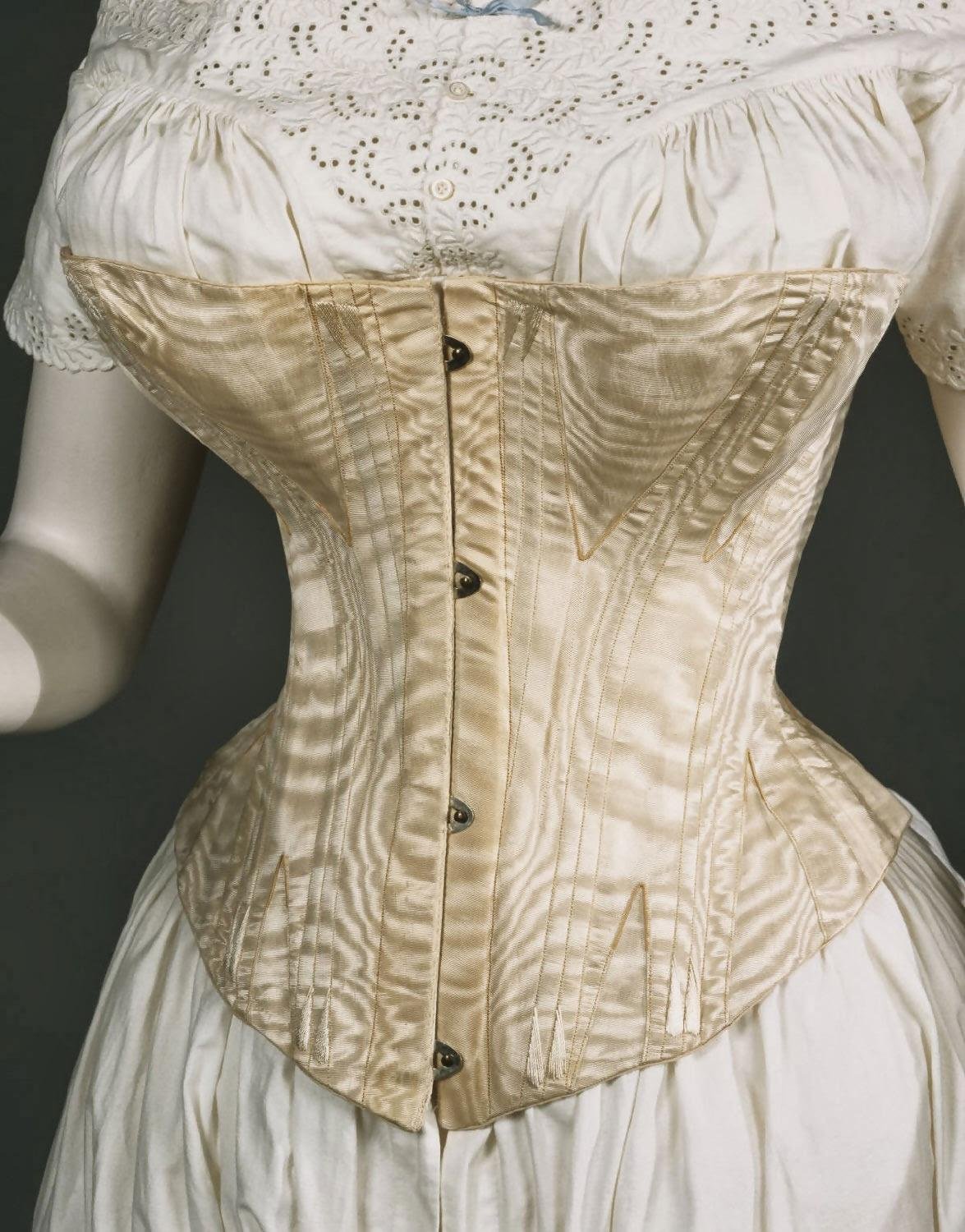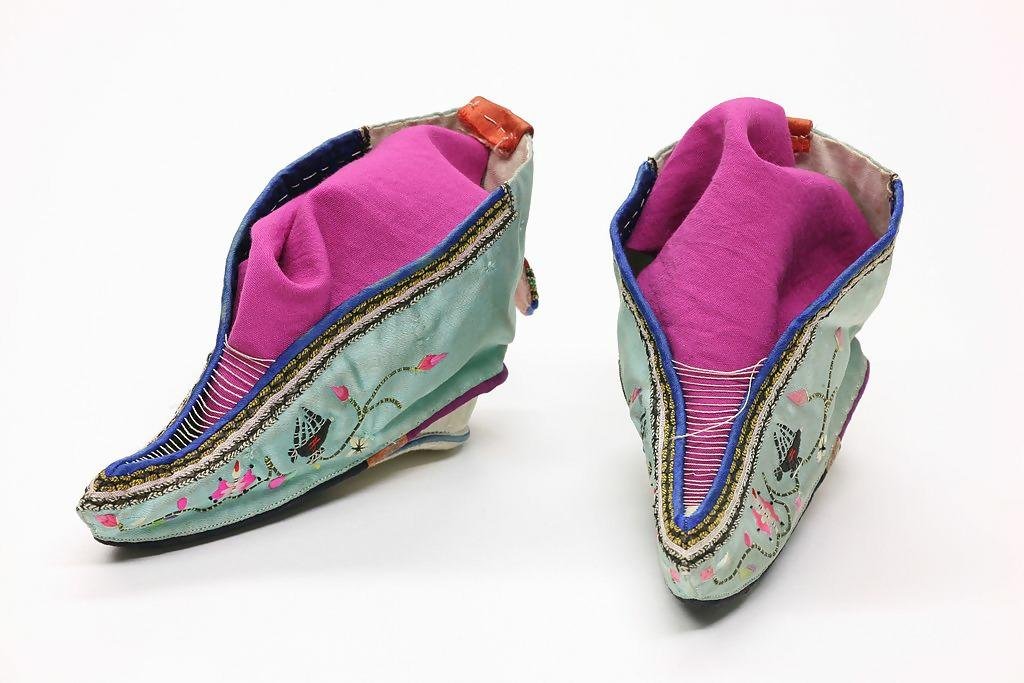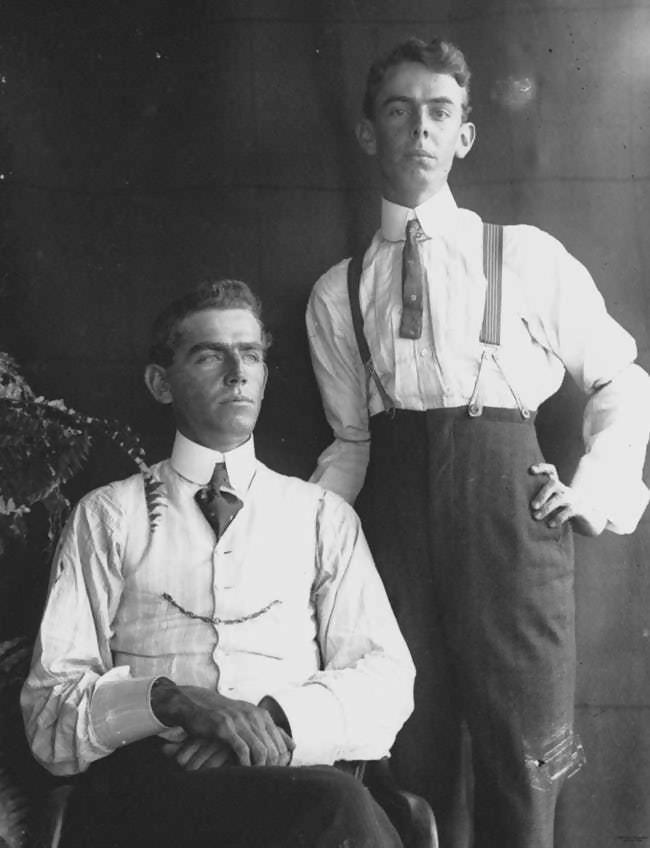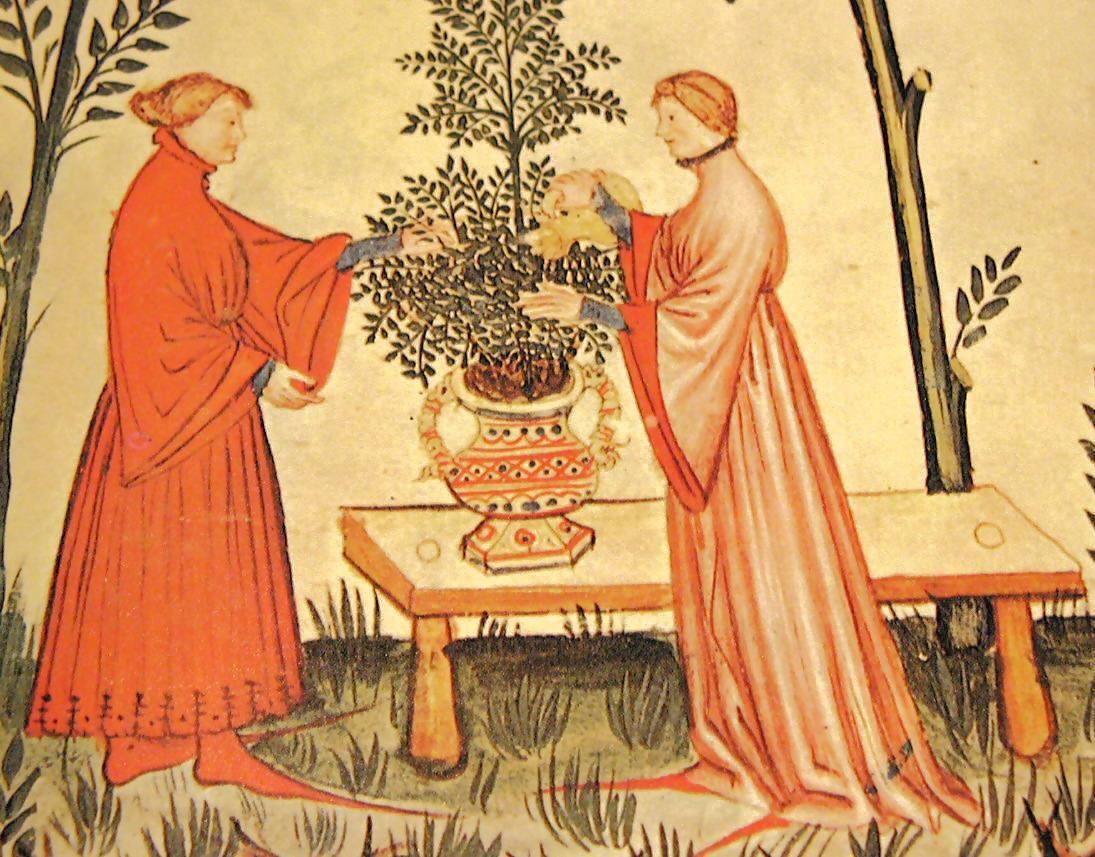
 View 4 slides
View 4 slides 17 Weird Fashion Ideas From The Past That You’d Agree Are Totally Dumb
17 Weird Fashion Ideas From The Past That You’d Agree Are Totally Dumb


Advertisement
Weird fashion ideas from the past are a good lesson for contemporary cloth designers in many ways. First, people back then would go to crazy lengths just to prove where they stand in society. They wouldn’t mind breaking their necks by wearing high platform shoes and teetering or tie themselves in the tightest possible crotchet– everything for the sake of fashion, style and reputation. And secondly, the more exaggerated it was, the better it was for fashion sense. From overlypadded sleeves to codpieces having tons of elaborate embroidery on them, the true fans of fashion have always believed in the golden rule of “the bigger the better”.
And fashion ideas and trends from the past weren’t just crazy, they were dangerous, too. The dyes used in cloths could be toxic arsenic, or the gigantic crinolines were easily highly flammable. And even if a person’s clothing wasn’t exactly a danger per se, most of these weird fashion ideas from the past really impaired one’s ability to move around and live in a comfortable way. For instance, those wearing bliauts weren’t exactly in a position to move around their arms. Similarly, men who took pride in wearing crackowes found it difficult to walk. And those wide panniers that women wore didn’t allow them to go through a door that was very narrow.
Anyway, irrespective of whether these fashion ideas were fatalistic or pure dumb, we can at least be thankful that these ideas are left behind in history. Let’s check out some of the dumbest of fashion trends from the past. Here we go!
The Lotus Shoes

These shoes were usually worn by the Chinese girls having bound feet. In China, a painful process of breaking the feet in order to create tiny ones was the common practice as those were considered more beautiful. The foot was often bandaged up and wasn’t allowed any kind of growth, which later led to the bones breaking up and the toes curling downwards. The entire process was meant for about three years, while the lady’s feet were made tiny for the rest of the life.
Women who had bound feet wore these lotus shoes, which were either sheath-shaped or cone-shaped that looked like a bud from a lotus flower. Made of usually silk or cotton, the shoes often had embroidery on them that included patterns, animals, and flowers mostly.
It’s not like attempts weren’t made to ban this painful method of binding feet, but it never really bore results until it was finally banned by the rulers in the year 1912.
Arsenic Dresses

During the Victorian era, the bottle-green garments were probably the most expensive dresses. The reason behind exorbitant prices was that unique shade of green, which was actually achieved by using huge quantities of arsenic-based dye. The effects obviously were bad. Many women suffered impaired vision, skin reactions and nausea because of the dye. However, the only good thing was that since the dresses were very expensive, they were worn on really special occasions only, thereby reducing exposure to this deadly element.
The real damage was caused to the makers, though who died in order to make such fashionable dresses for the rich class.
Stiff Starched Collars

During the nineteenth century, detachable collars were quite a rage, and they were deadly as well. They were starched until they became unbendable, and were attached with a pair of studs. On the other hand, the collar was such that it could easily asphyxiate anyone over a period of time, especially if the person fell asleep wearing it, or while he was drunk!
The pointy collars added to this problem as well. Once, a St. Louis resident tripped and the pointy, sharp collars dug into his throat, which made two deep wounds. The collars, in fact, were so deadly that they were nicknamed “the father killer”!
Pannier

Panniers is taken from the French word “pannier”, which means “basket”, was a rage from the early seventeenth century to the late eighteenth century. This dress, which was in the form of a boxed petticoat started the trend of expanding the width of dresses such as skirts and was designed in such a manner that it stayed away from the waist on either side. These dresses used to vary in shapes and sizes, but were predominantly made of wood, whalebone, metal, or at times even reeds. Usually, the pannier size depended on the occasion, so a large occasion demanded a bigger pannier. Since it wasn’t exactly a cheap dress, only the rich could afford it, while the servants were supposed to wear the smaller hoops. The panniers were apparently so big that if two women tried to pass through a passage at the same time, they wouldn’t be able to do so! The dress wasn’t exactly comfortable, as it severely restricted the overall body movement.
Slowly, but steadily, the grandiose of this dress started courting ridicule from all quarters. Most magazines carried articles on how the women were completely fed up of this fashion trend, which felt like ‘a chair being hid up on either side of their waits – right up to the ears’, a passage from a leading magazine read.
Crackowes

Crackowes, which was also known by the name of poulaine, was a really long shoe that was immensely popular all across Europe during the latter part of the fourteenth century. These long shoes were named after a place in Poland known as Kraków, as the Polish nobles were the first to wear these trendy shoes. The shoes became a rage the moment someone was spotted wearing them in the courts, even though the crackowes were sometimes up to 24 inches long! However, since these were in great demand, they indicated the social status of the people. Also, the longer the crackow was, the higher the position of its wearer was.
Sometimes, even chains were used to tie up the toe end of the shoe with the knee, in order to make walking easier. At other times, the toes of these long shoes were stuffed with different kinds of materials. However, despite being a rage amongst the nobles, the church leaders and conservatives didn’t approve of this, and even called it “devil’s fingers”!